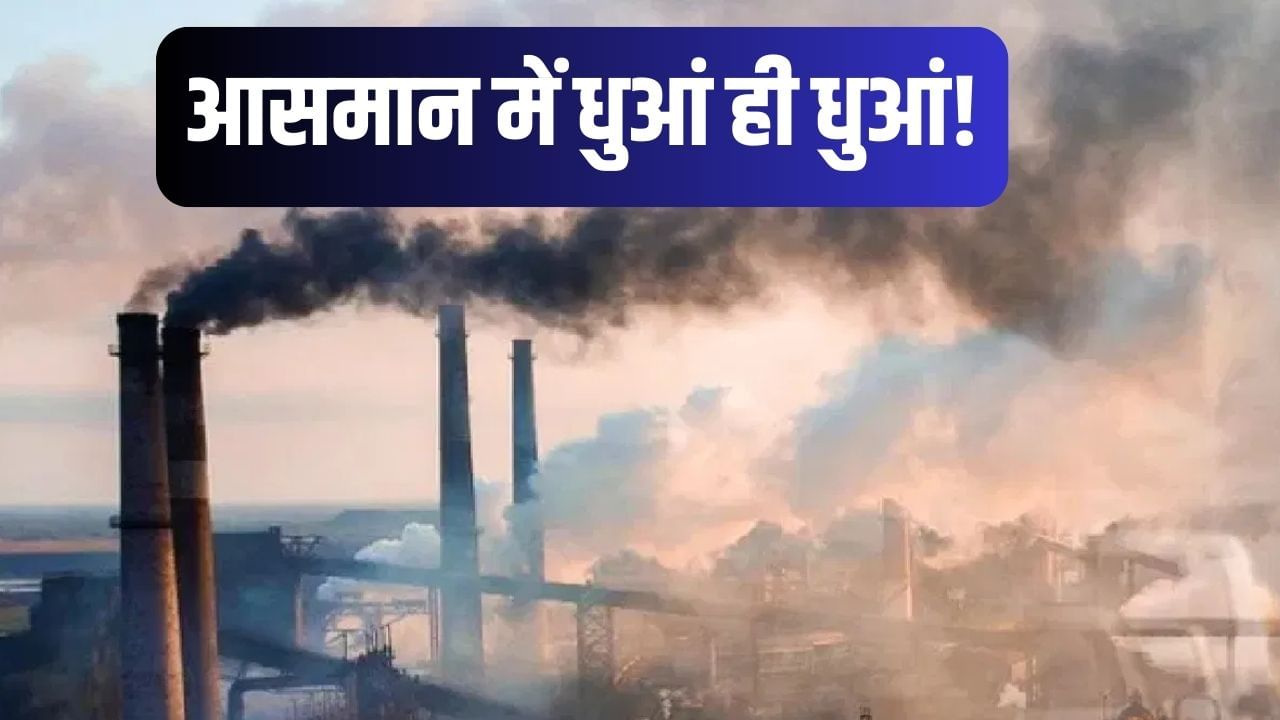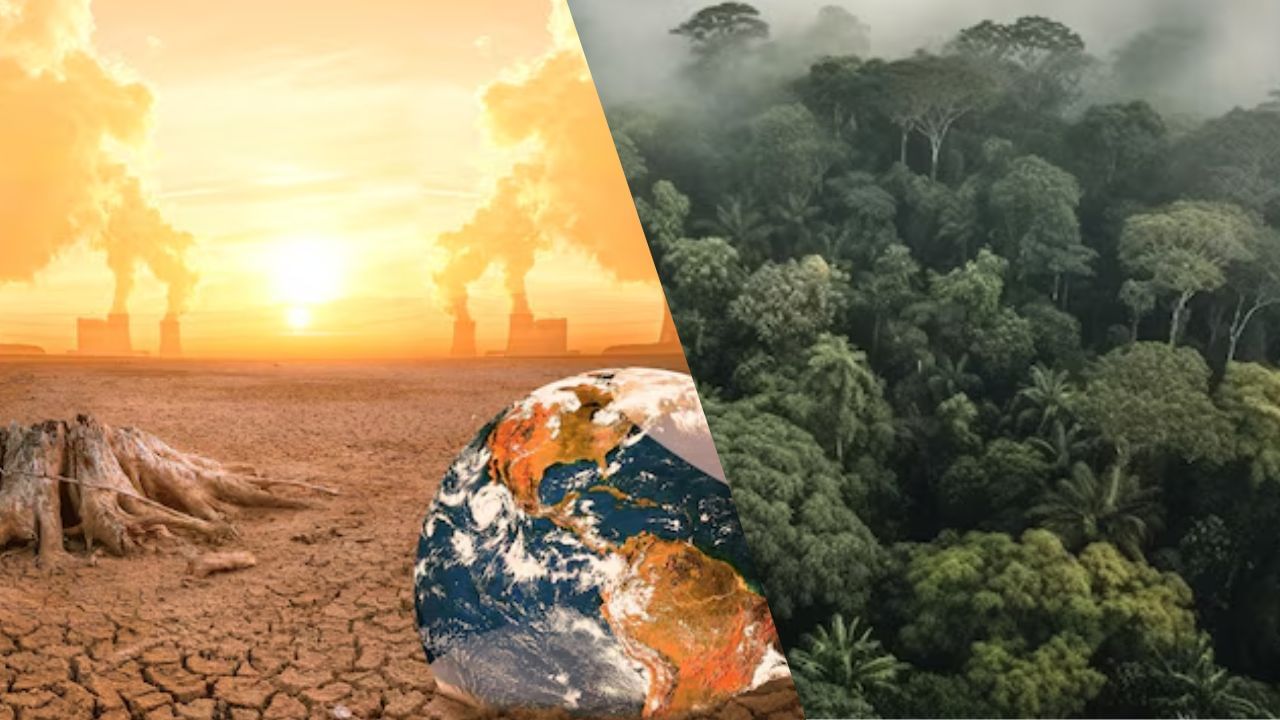China is the world’s largest emitter of carbon dioxide (CO₂), emitting approximately 11.9 billion metric tons in 2023. The United…
Browsing: Global Warming
In contrast to the flooding experienced in parts of India, the Amazon rainforest is facing a concerning trend: a decrease…
Marking his fourth year as Chief Minister, Pushkar Singh Dhami initiated a public awareness drive for river conservation with a…
As the first heatwave of the summer descends upon Europe, authorities are on high alert due to soaring temperatures. Spain…





